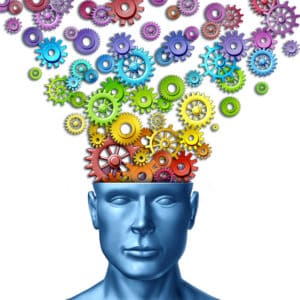
The Development Mindset
Since Peter Senge coined the expression “learning organization” more than two decades ago, businesses around the world have aspired to leverage learning toward agility, transformation and long-term success. And most leaders will admit that they still struggle to make this dream a reality.
 But what if we reframe the conversation? What if we shift the focus from the organization to the individual? Because learning organizations are the result of individuals who possess a deeply held learning orientation and a commitment to growth. Learning organizations are the result of a workforce that shares a development mindset.
But what if we reframe the conversation? What if we shift the focus from the organization to the individual? Because learning organizations are the result of individuals who possess a deeply held learning orientation and a commitment to growth. Learning organizations are the result of a workforce that shares a development mindset.
Defining “development mindset”
A development mindset is a pattern of thinking and a way of looking at the world that invites ongoing opportunities for continuous individual and organizational transformation. It’s an abundant perspective that recognizes significance that others might overlook.
Those with a development mindset appreciate that development is a state of mind, not a series of discrete activities or classes. They tend to:
- Assume that they are capable of learning and growing throughout their entire careers.
- Expect that there is something to be learned from nearly all experiences.
- Believe that experimentation and failure are powerful, necessary and productive parts of the learning process.
- Take responsibility, initiative and ownership for their ongoing growth.
- Commit to helping others reach their potential.
- Value feedback as helpful information to fuel improvement.
- Appreciate that development is not a “one and done” activity but rather a perpetual cycle of learning, application, practice, reflection, and refinement.
Messing with the mindset
The workplace has never needed individuals with the development mindset more than it does today; however, many features of the typical organization landscape actively undermine an employee’s ability to develop and practice it.
The breakneck pace of work alone would be enough to seriously challenge an individual’s commitment to the mindset. But add to this the high-stakes nature of many environments and the risk aversion that accompanies it, expectations for instantaneous gratification and month-over-month business results, a silo-based mentality that keeps people in well-defined boxes, a bias for action that encourages people to do something — anything — rather than sit quietly and reflect.
All of this can make cultivating a development mindset nearly impossible for the average employee.
What’s a leader to do?
Given the environmental impediments to promoting a development mindset, it would be easy to simply throw our hands up and declare defeat. But savvy leaders who understand the long-term benefits to individuals and the organization can choose to take steps to create more hospitable and supportive conditions for their employees. They can do this by:
- Modeling the development mindset themselves.
- Establishing the expectation for ongoing learning.
- Setting, supporting and following up on development goals.
- Looking for organic, work-based experiences that will help others remain engaged and growing.
- Encouraging two-way mentoring.
- Helping people pause, reflect, and crystalize insights.
- Asking “what did you learn from that?” until it’s so deeply ingrained that employees naturally and unconsciously ask it for themselves.
Remaining competitive in a dynamic and unpredictable marketplace demands that organizations continuously and quickly learn, adapt and transform themselves. And this becomes considerably more possible when each individual develops a development mindset.


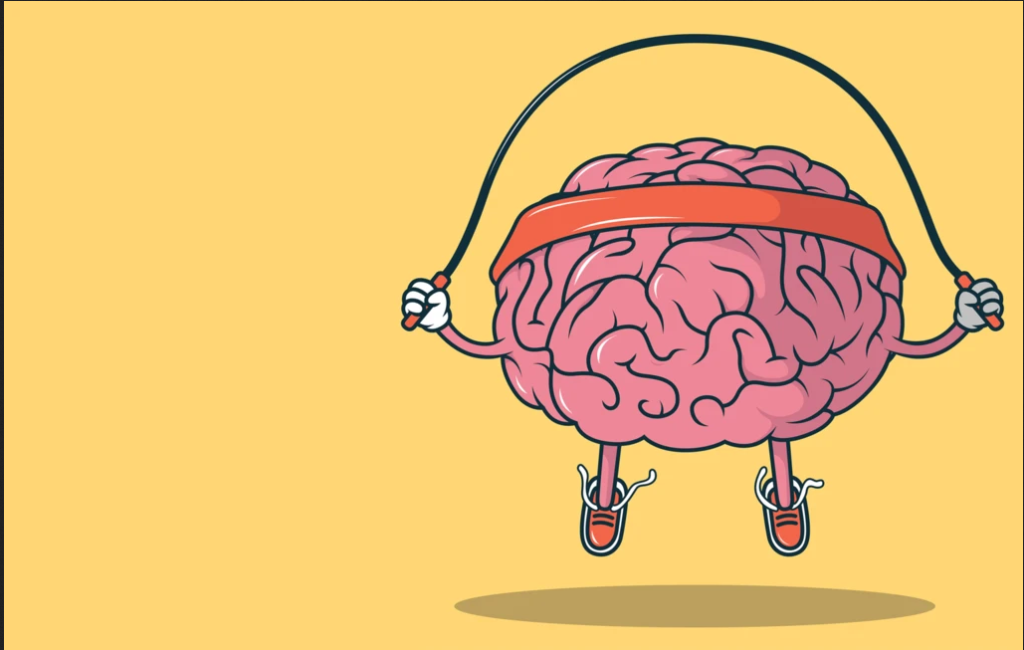
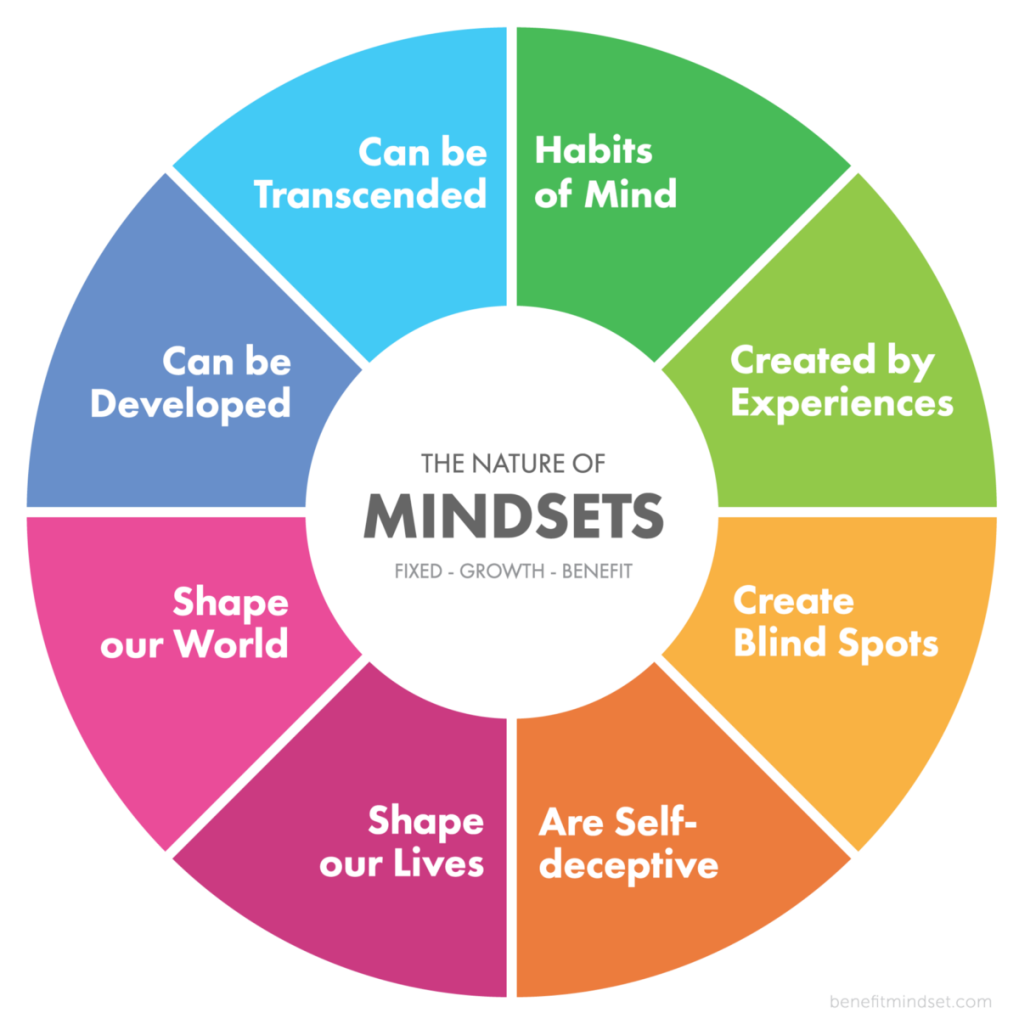
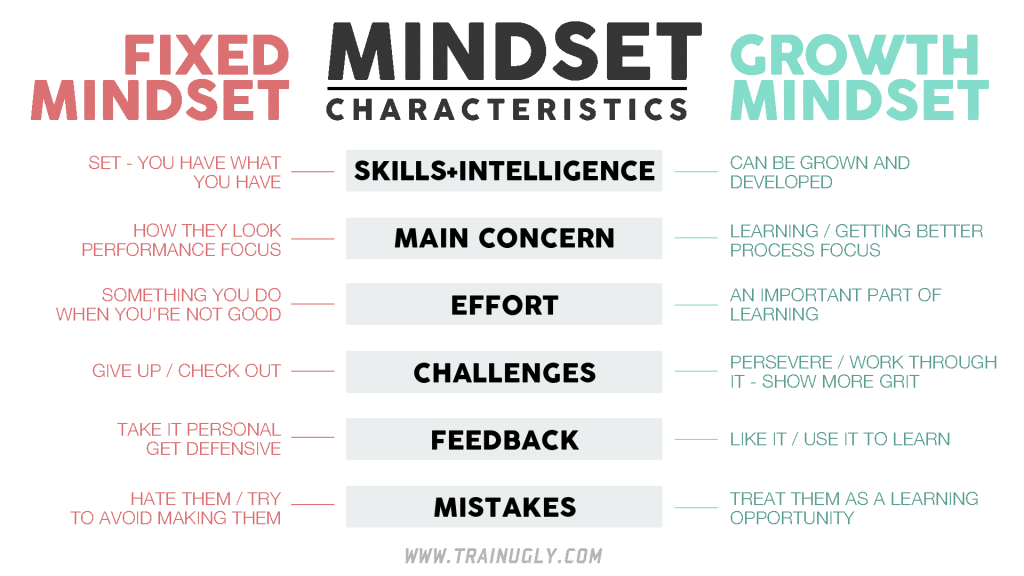
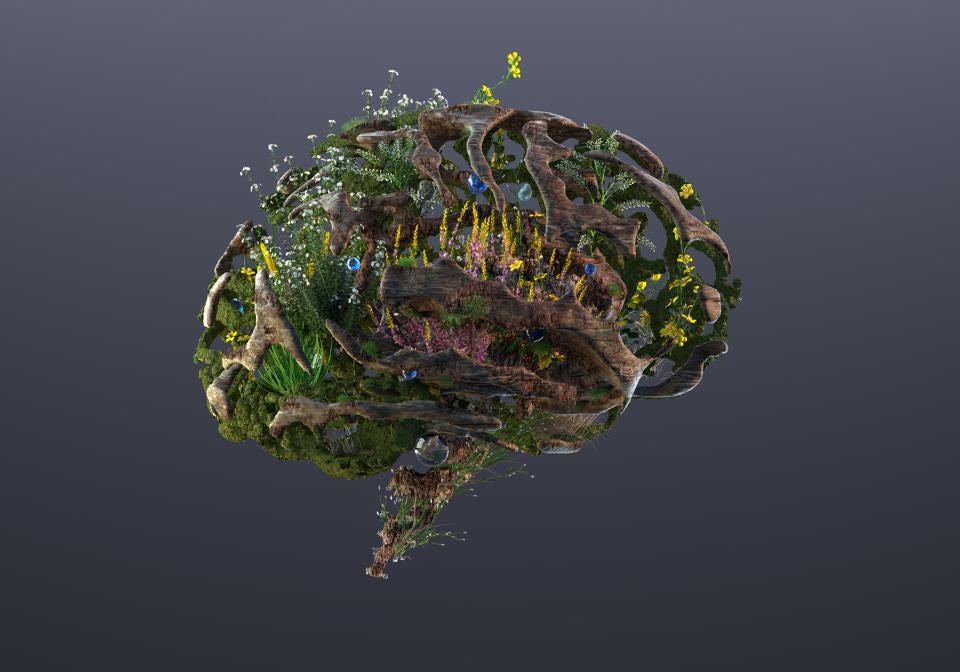
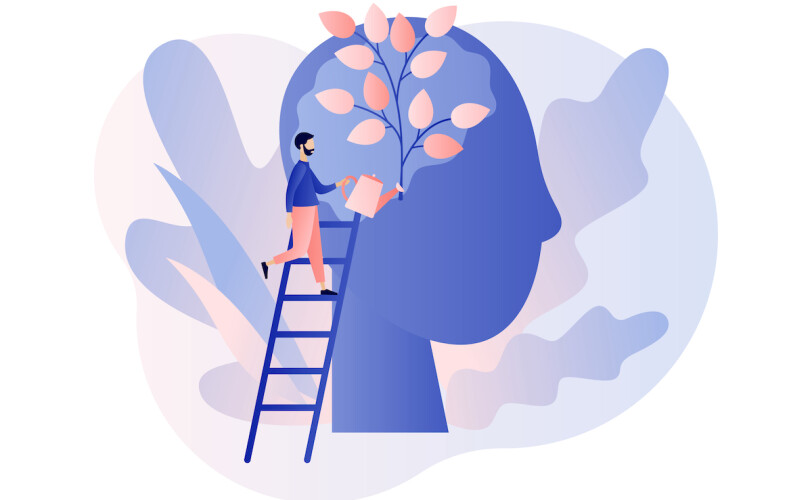
Responses